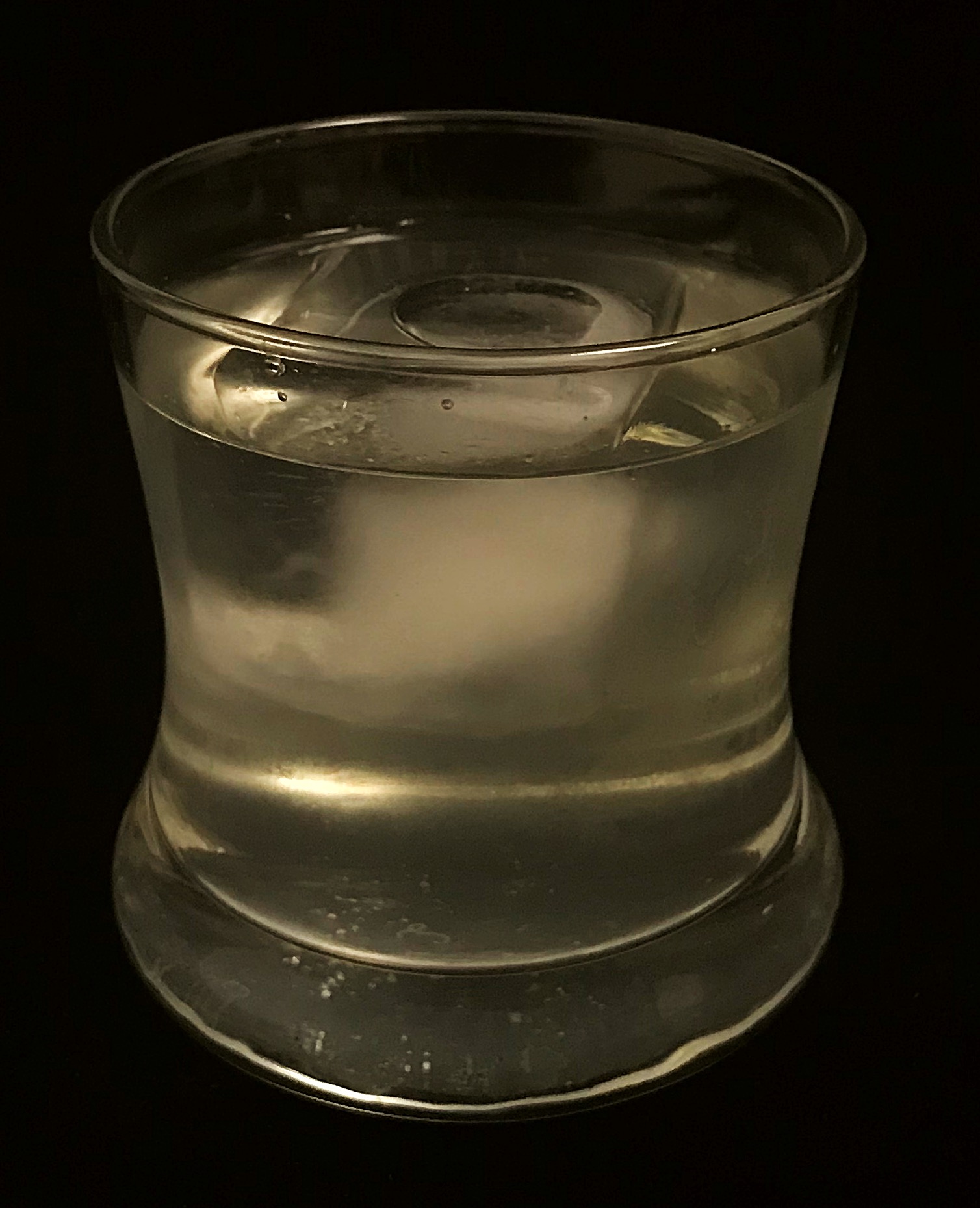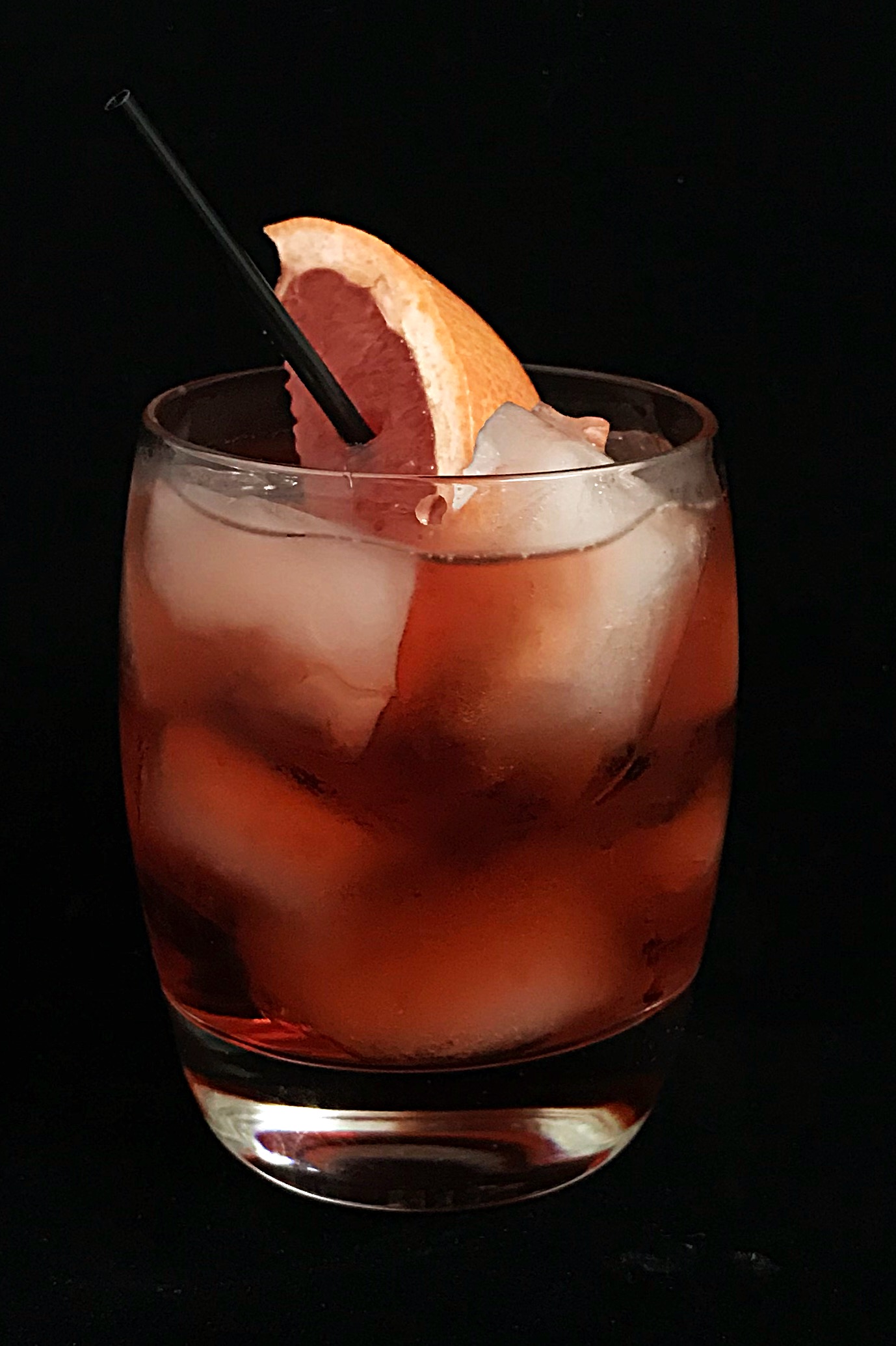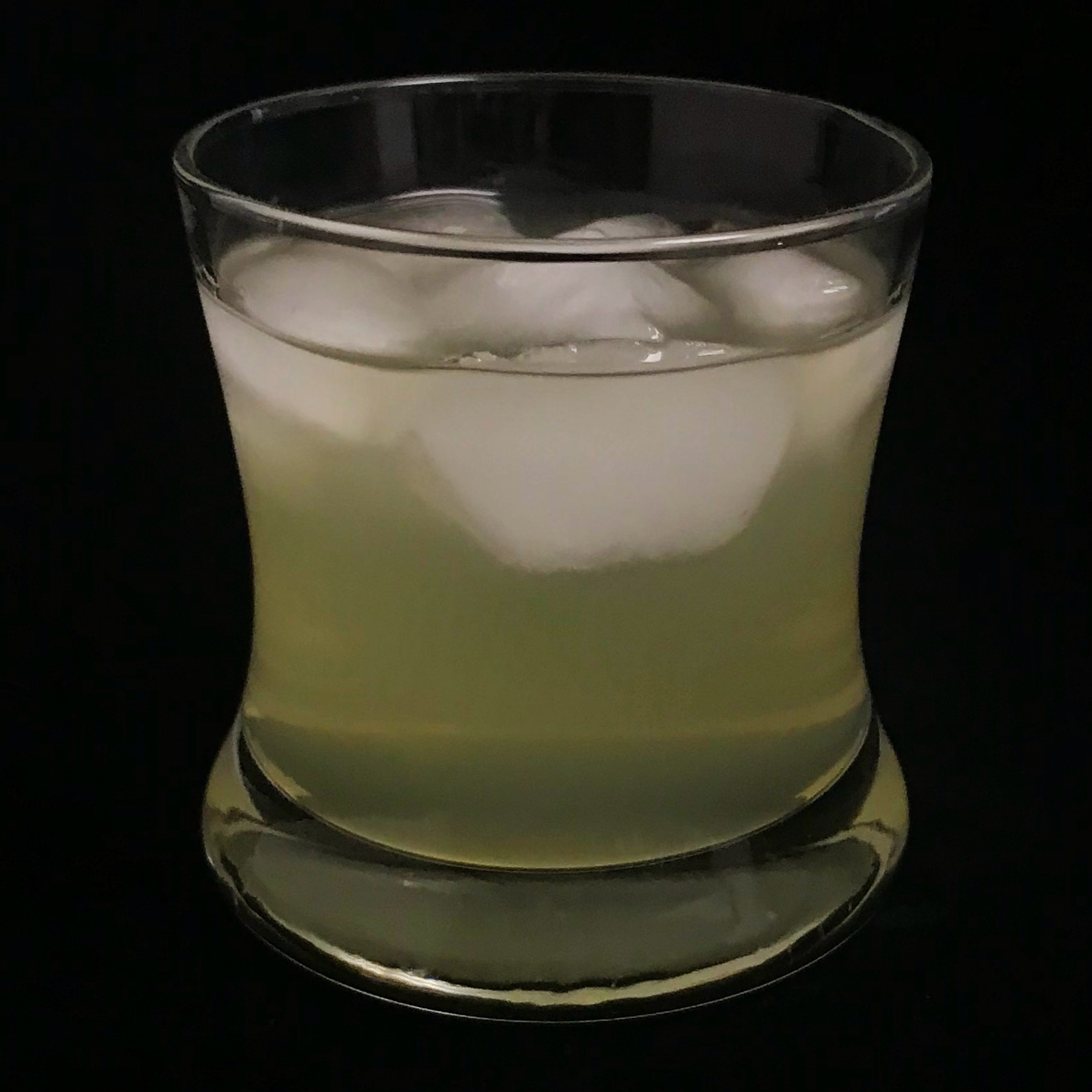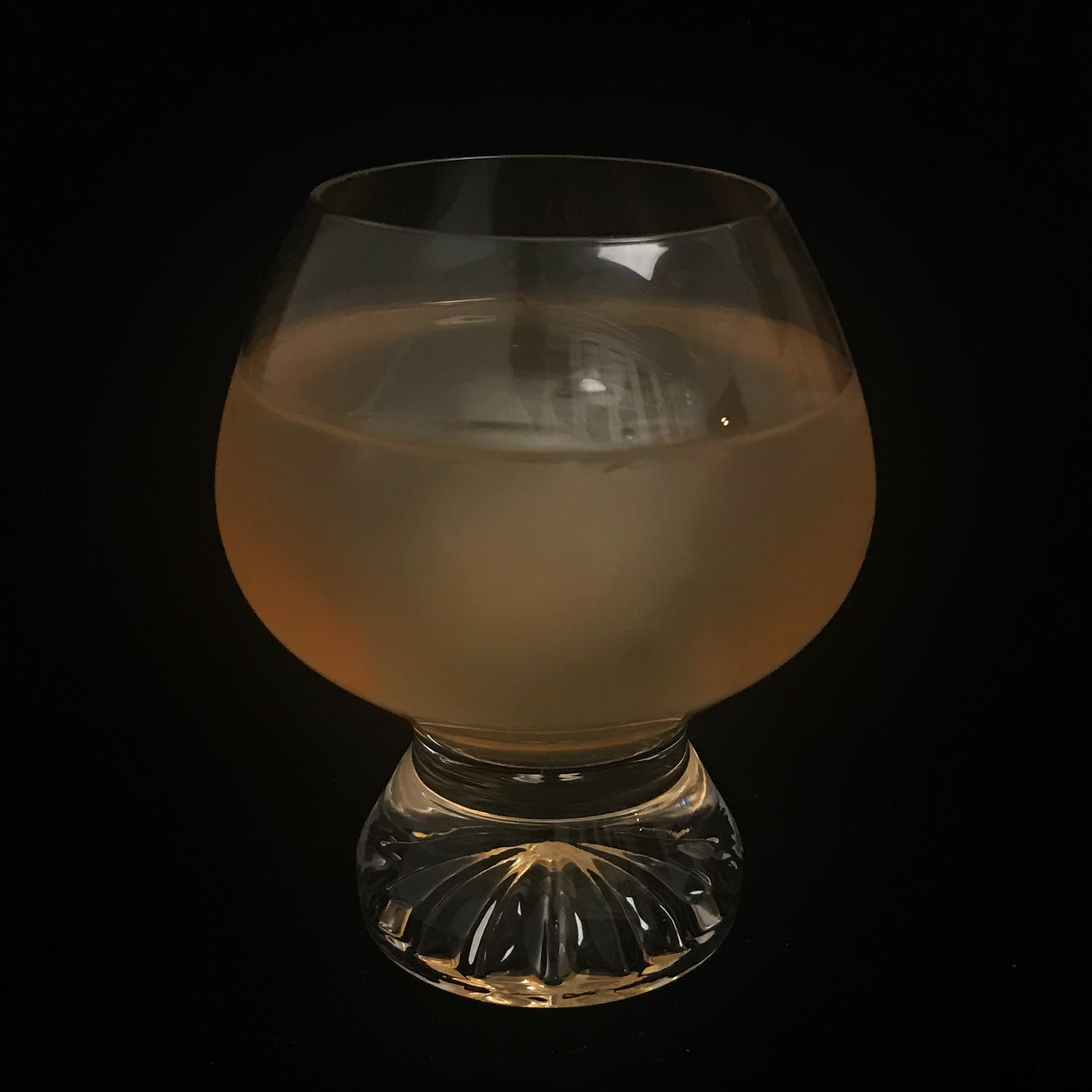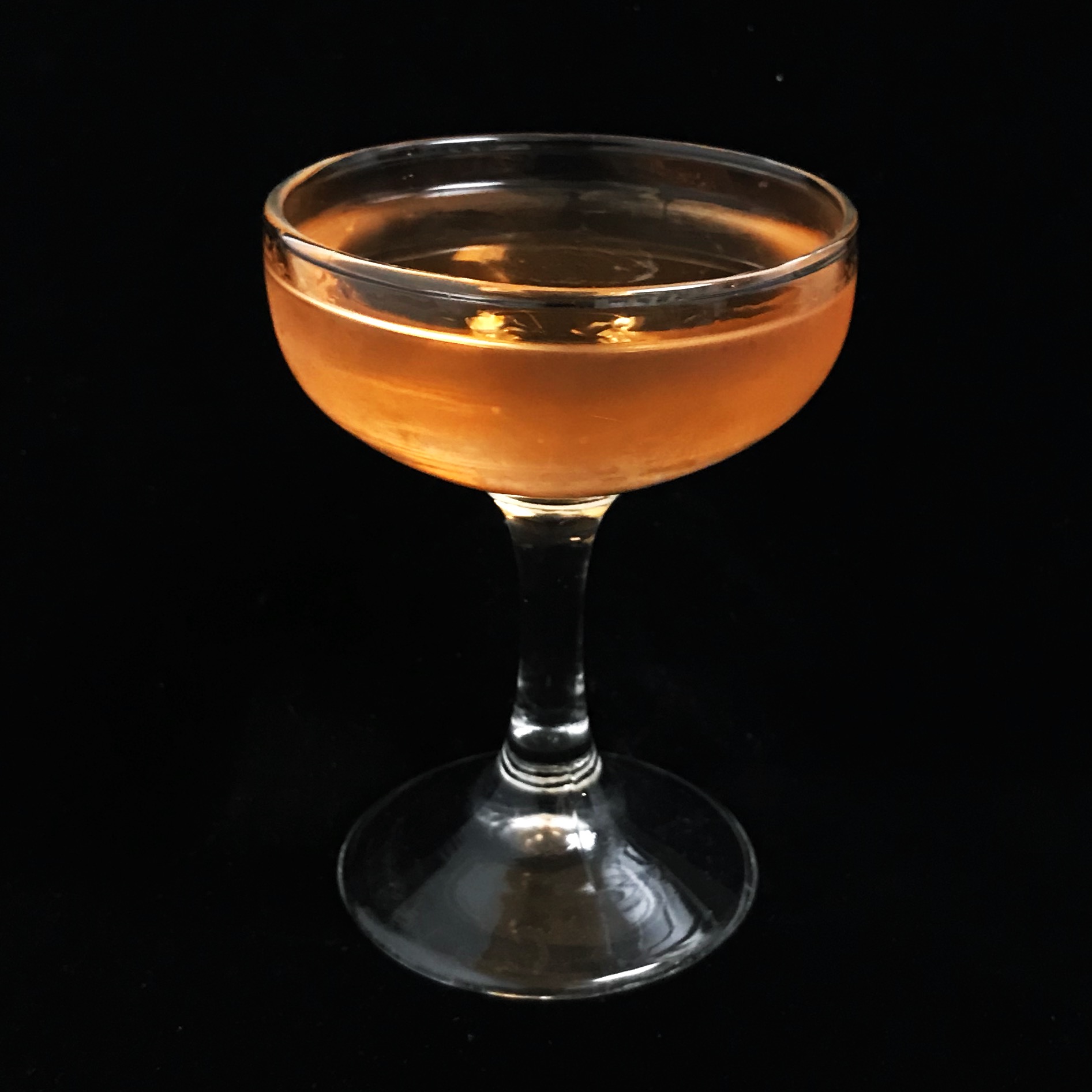From the bartender’s corner – Gin #25: Roku Gin
After the really tasty Gunpowder Gin from Ireland, made a swing to the other end of the world – Japan – to continue with the “tea” theme. Roku Gin – made in the Suntory distillery right outside Osaka – is a rather recent introduction to the international market. Meaning, it has been made available just this year.
My first reaction was marveling at the bottle. This is a very beautiful bottle which is hexagon in shape. The relevance of the hexagon shape was completely lost on me till I learnt what “Roku” means in Japanese. It means “six”.
In keeping with that theme of “six”, Roku gin has six strong local influences in the herbs and botanicals that defines the gin – two types of team – sencha (green tea) and gyokuro (refined green tea), two local cherry influences – the sakura blossoms and sakura leaves as well as sanshō pepper, and yuzu. This is on top of the eight herbals that are fairly standard in all gins: juniper, coriander, angelica root, angelica seed, cardamom seeds, cinnamon, bitter orange peel and lemon peel.
The starting point is a neutral grain spirit, but the distinctive feature of the production process is that the different herbals are taken thru different distillation processes e.g. vacuum distillation, vapor distillation and the standard distillation in copper stills.
I did not try the gin neat today. I had it with some tonic water. First off, the flowery nose can be immediately sensed as you start sipping. The palette was a more on the tighter and bitter side (the gin itself has some tones of bitterness and then the quinine adds to that). The tea makes it presence felt rather quickly. It leaves a creamy or buttery sense as it leaves the mouth. The finish clearly had the strong markings of juniper and citrus.
I am not sure pure tonic water is the best way to take this gin. Further research points to suggestions that a little ginger makes the G&T far better. I will try that tomorrow.

From the bartender’s corner – Bourbon and Honey
You are probably wondering how come I am off gin cocktails. Well, Sharmila and I went to a Cheesecake Factory to wait for Nikita who was spending some time with her friend in the mall next door. This was my first time to a Cheesecake Factory. I was not expecting much at the bar but I was pleasantly surprised.
Of course, first thing I checked was their Gin collection and once I realized they had Hendricks, I was a little more comforted 🙂 It was cold and I wanted to start with a stiffer cocktail. So, I asked for a “Bourbon and Honey” from their menu. Imagine my surprise when the drink came in a martini glass. First time I can recollect having a Bourbon cocktail in a martini glass.
But it tasted pretty good. The bourbon and the bitters were distinctly recognizable but the taste was much softer and mellower. So, I asked the bartender for his secret. She mentioned that it is the house lemon sour.
Next day, I made myself some fresh lemon sour at home. Using her instructions, I boiled water and sugar and stirred till the sugar dissolved. Squeezed a full fresh lemon and half a lime and mixed it in the sugary water. Threw in a couple of ice cubes and stirred till the ice melted.
Some bourbon (Four Roses), honey liqueur (Barenjager) and bitters (Peychaud’s) later, I was able to recreate the “Bourbon and Honey”. Was very enjoyable. Try it sometime at home. If you do, see if you can slap thyme on as a garnish. I did not have any thyme at home.
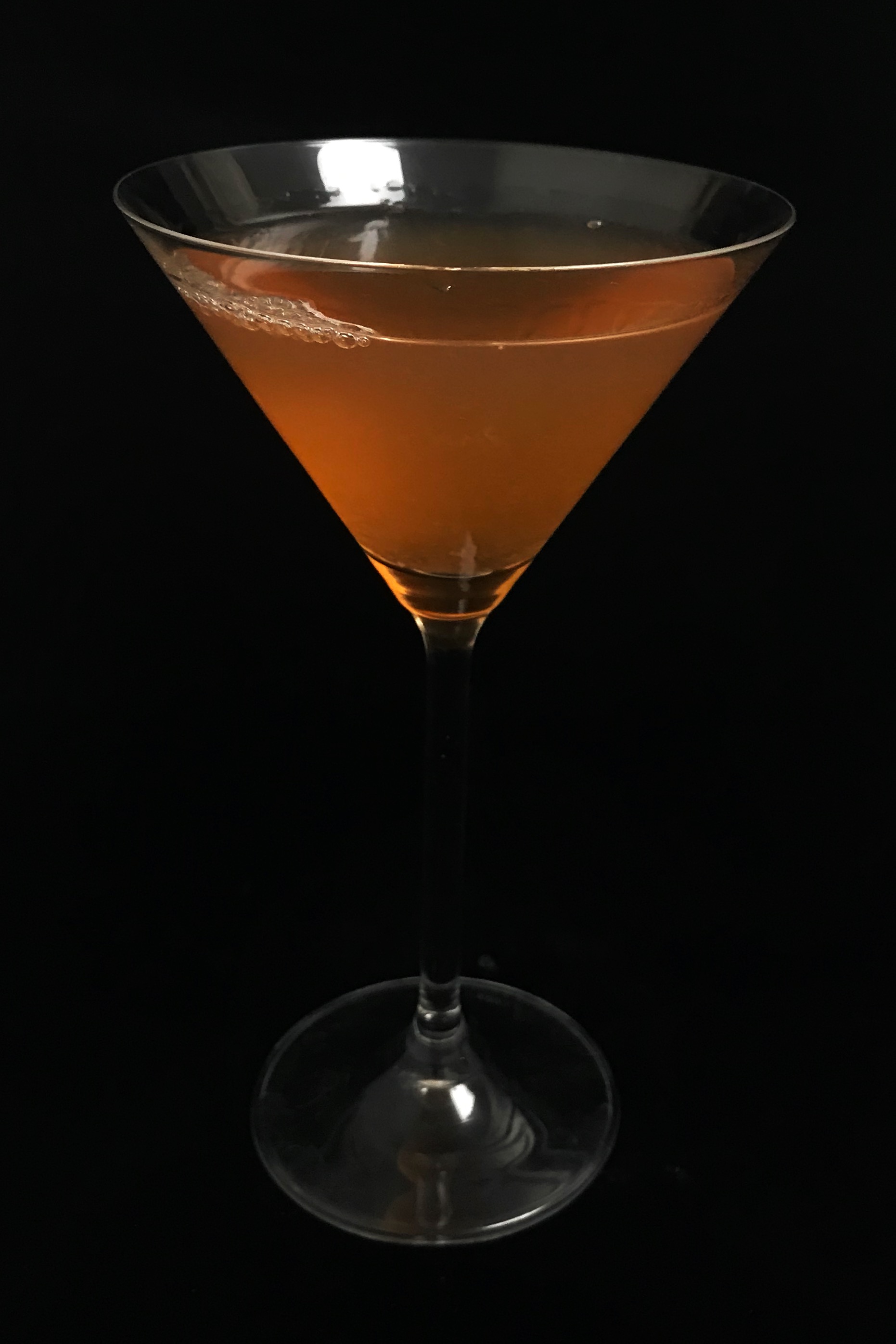
From the bartender’s corner – The Curious Jackalope
Got this recipe straight from the distillery that makes the Gunpowder Gin. It was very refreshing. But the tea aspect of the gin was overwhelmed by the fresh grapefruit juice.
Gunpowder gin, freshly squeezed grapefruit juice, freshly squeezed lime juice, simple syrup and garnished with grapefruit slice and mint.
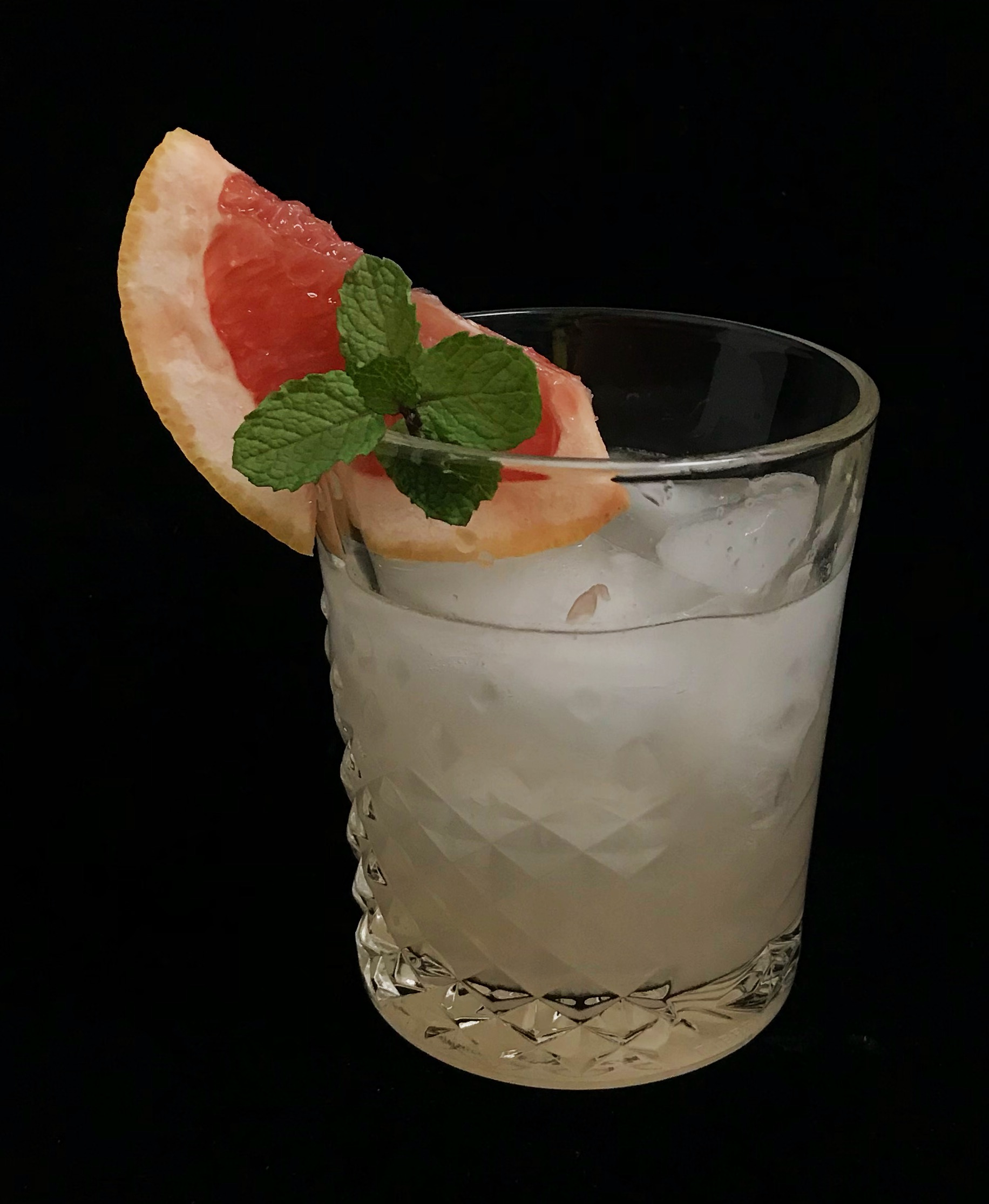
From the bartender’s corner – Gunpowder and Tonic
You probably recollect from my previous cocktail post that while I loved the Gunpowder Irish Gin, I was not a big fan of the G&T. I had used a lemon peel as many experts had suggested.
Yesterday, I changed it up and gave it a second shot – this time I went with another common theme among bartenders – use a pink grapefruit to garnish. And I am happy to say, that made all the difference. It brought out the grapefruit in the gin lot more dramatically and the citrus then was able to keep the ginger and quinine from the tonic water under control.
Gunpowder Irish Gin, Fever Tree Indian Tonic Water and a pink grapefruit!
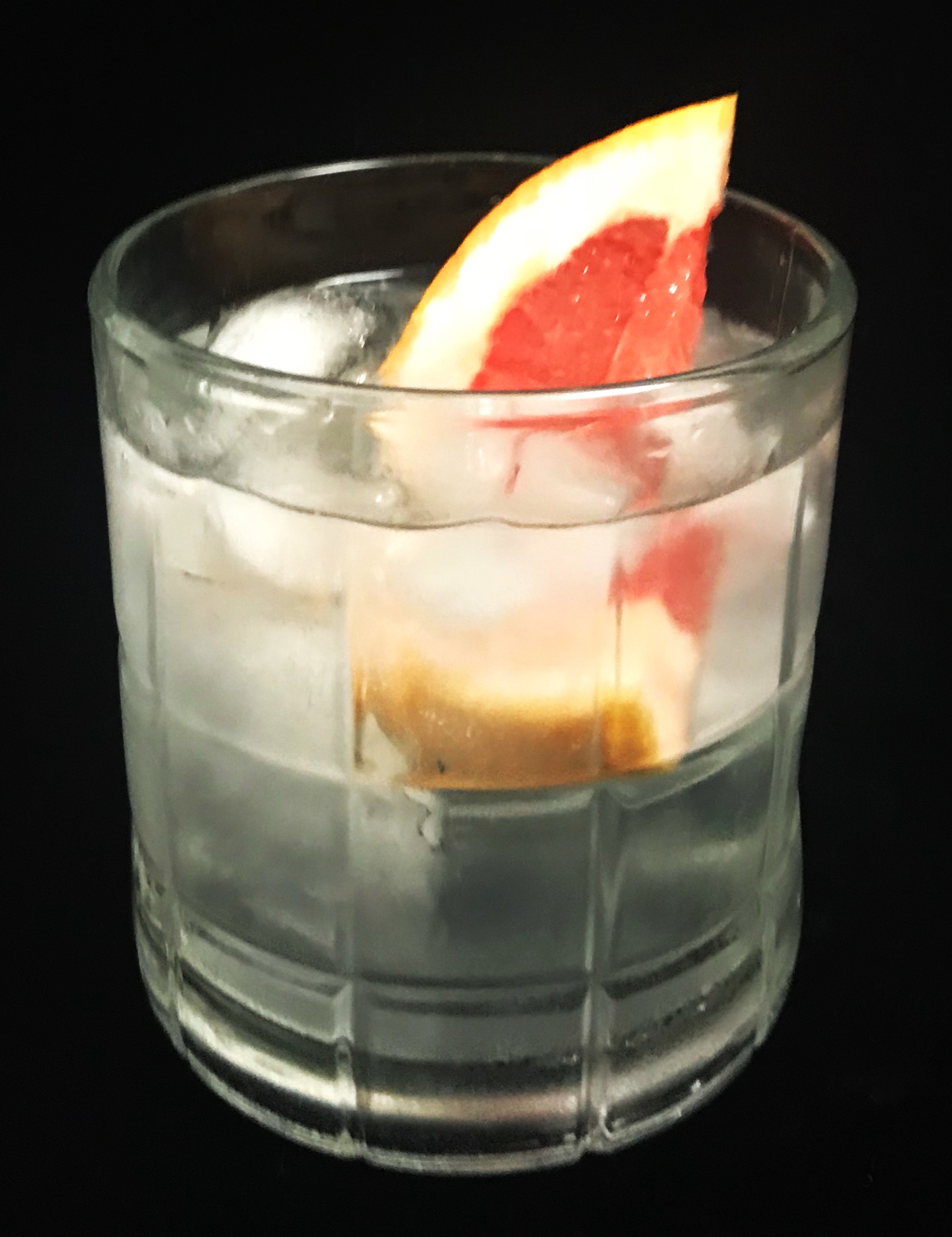
From the bartender’s corner – Gin #24: Gunpowder Irish Gin
A few days back when I had published the world map of gins that I have stocked up on, Irene Sutton had referred me to Gunpowder Irish Gin. Dieter Sleeuwaert had seconded that. Trusting Irene, who is an expert on everything alcohol and everything Irish 🙂 was the easy part. Procuring a bottle of Gunpowder Gin in US? – Not so much! Eventually found a store outside DC area who shipped me one.
Opened it last night. First and foremost, I have to admit that I was wondering what does gun powder have to do with a gin. And why would anybody mix that anyways? I was also wondering if it had anything to do with “Navy Strength” gin (if you remember, this is the gin that was made far stronger than normal and given to British sailors so that even if it spilled on to the ammunition on board, it would not render it unusable).
Turns out – and I learnt for the first time – gunpowder, here, refers to a kind of tea found in China. It originated about 14 centuries back and the key characteristic is that each tea leaf is rolled up to look like a small cylinder. A pile of it actually looks like gunpowder and that is why it is called gunpowder tea.
By now you must have guessed that gunpowder tea is an essential botanical added to the gin. Per their literature, this is actually added not in the liquid itself but is vapor distilled (the vapors during the distillation process are made to go thru tea bags inside the medieval copper stills). There are three other botanicals that are used during the vapor distillation – Chinese lemons, Oriental grapefruits and Kaffir limes.
The eight other botanicals used (in the liquid itself) for distillation have an impressive array of sources – Meadowsweet from Ireland (local to the distillery), Cardamom and Caraway Seed from India, Juniper Berries from Macedonia,. Coriander Seed from Romania, Angelica Root from Germany, Orris Root from Morocco and Star Anise from China. How is that for an impressive global roots for the gin?
The gin itself is pretty interesting. If you taste it neat (the proper way to have gin), the true character comes out best. By now, I have have so many gins, I have stopped expecting anything standard from a gin. This one did not fail to surprise me. Very different from other gins. There are three words to describe the whole experience – juniper, citrus and tea! The nose was distinctly citrusy with juniper setting in at the end. The palette similarly had citrusy and juniper effects. If you hold it in your mouth, you can feel the explosion of many other herbs. I am not good at recognizing all of them. But certainly I could sense the anise. And then the smooth finish of the tea as you breathe out!!
Most sources have suggested having this with tonic water (Fever tree) and a lemon peel or a grapefruit. I tried with the lemon peel. My personal opinion is that I liked it neat a lot more. The quinine and ginger messed up my tongue and nose. I will try with a grapefruit today and see if that changes my opinion.
Thank you Irene and Dieter for your recommendations. I added another country to my map. And found a great gin, to boot!!!

From the bartender’s corner – Amsterdam cocktail
From the bartender’s corner – Uphill Each Way
From the bartender’s corner: Improved Gin Cocktail
From the bartender’s corner – Consolation Prize
This cocktail was cooked up by John Perry Yates from Brooklyn, NY to commemorate the 2014 World Cup game between Brazil and the Netherlands. Brazil had been drubbed by Germany and Argentina had prevailed over the Netherlands in the semifinals. This game was about the “consolation prize” of third place – hence the name.
Rather unsuprisingly, the cocktail mixes the two spirits those countries are famous for – Cachaca and Genever. That is a wild combination. It is not easy to pull off those two together in a cocktail. The balance is most important (go with 2 time Genever to 1 time Cachaca).
John added Cointreau and orange bitters to round of the rough edges with the orange-y aroma and flavor.
The reviews do not give a lot of high marks to this cocktail. I, on the other hand, found this to be very enjoyable. The complexity of genever co-existed pretty well with the sweet, hard edges of the cachaca.
Two caveats: An orange peel is to be added as garnish but I was fresh out of them.
Also, the drink is served over one king ice. If you are not particularly looking for a very stiff drink to start the evening, feel free to actually pour it over more ice.
